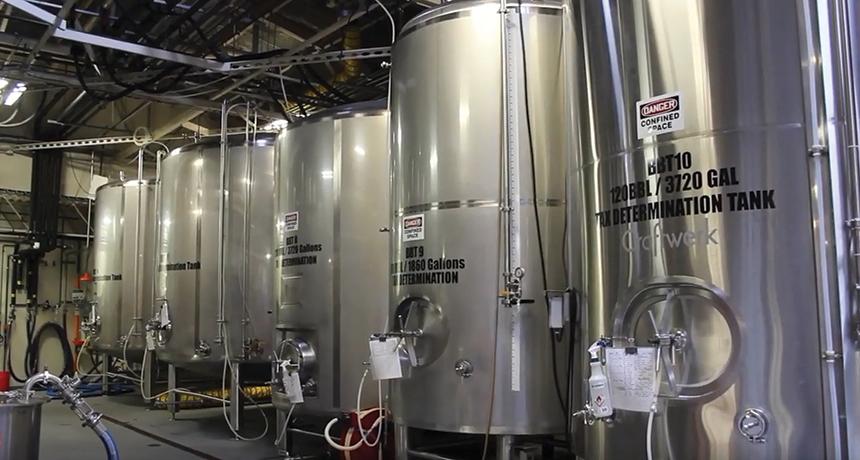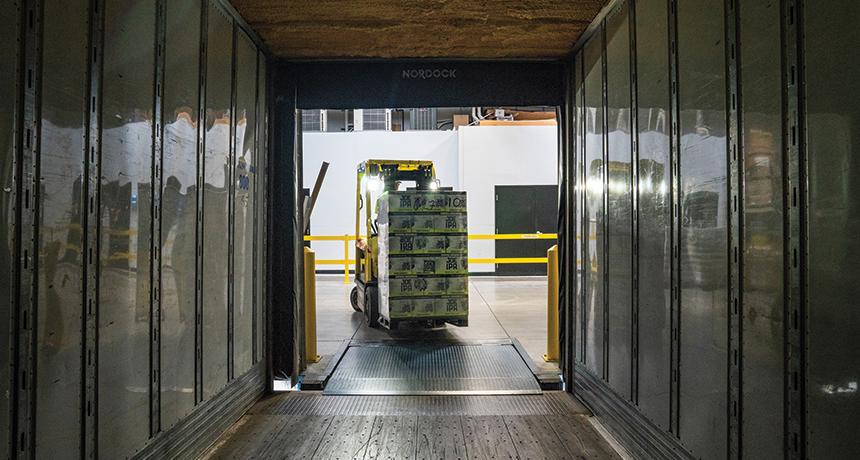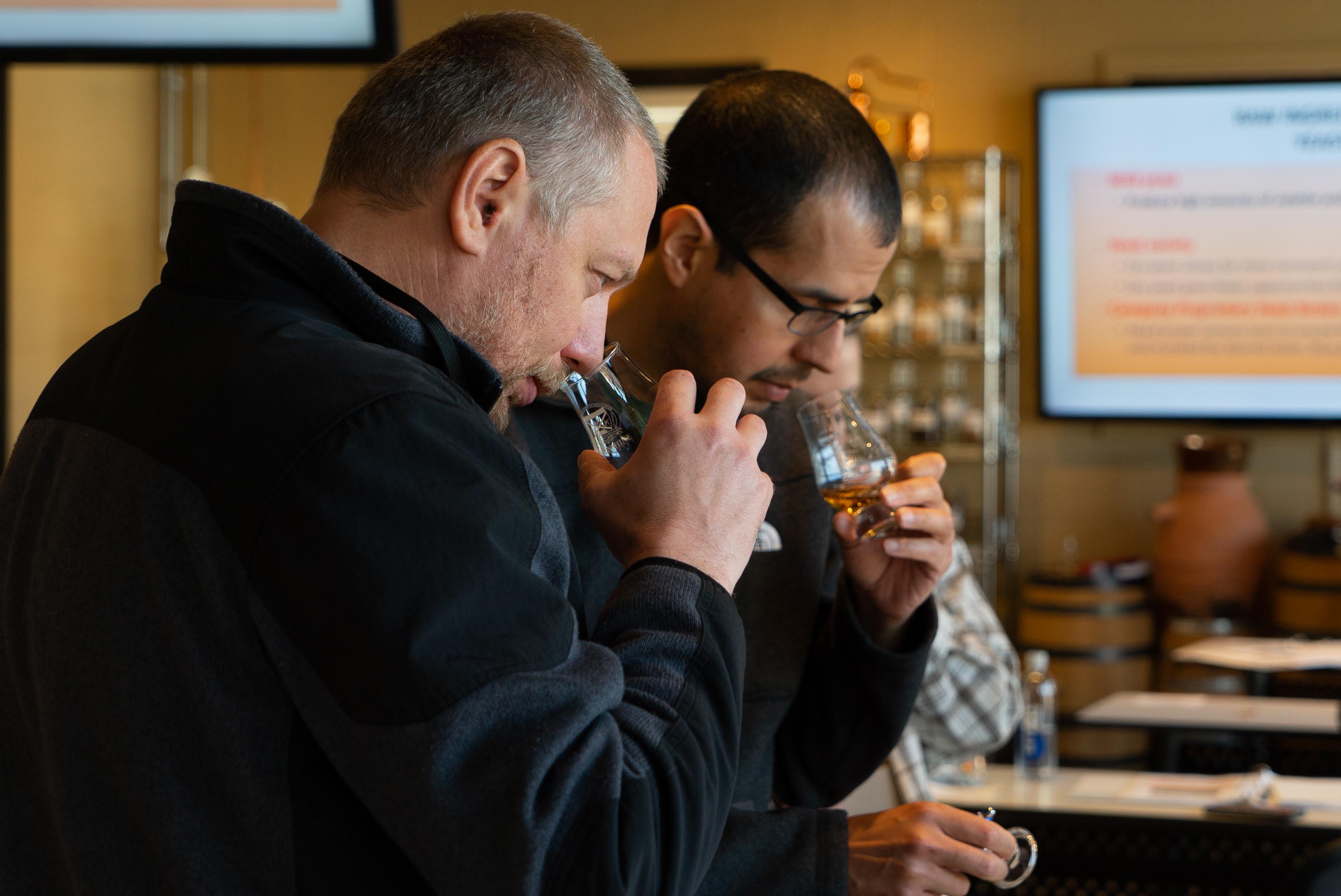
The Art of Non-Alcoholic Spirits
blog
For decades, spirits and cocktails have fostered a culture of craft, connection, and celebration. But over time, cocktail culture has evolved far beyond the buzz!


April 7th marks one of the happiest days of the year - National Beer Day! While it's true you may not need much of an excuse to crack open a cold one, we're here to give you the low down on this special day with a reminder to thank your local brewers.
While some may think that National Beer Day is just another excuse to drink beer, it actually has some deep historic roots. This time, we have President Franklin D. Roosevelt to thank for giving us a reason to celebrate America's favorite beverage.
Technically, the origins of this boozy holiday start with Prohibition. In 1919, the 18th Amendment was enacted, forbidding the sale, production, and transportation of alcohol. It wouldn't be until December 5, 1933, that the 21st Amendment would be ratified, lifting the increasingly unpopular ban on alcohol.
What you may not know is that earlier that year on March 22, FDR signed the Cullen-Harrison Act amending the Volstead Act of 1919 - the act of Congress that paved the way for the 18th Amendment and Prohibition.
Why is this important? Back in 1919, some of the politicians who voted for Prohibition assumed that beer and wine sales wouldn't be banned - just hard liquors; they didn't foresee that determined Prohibitionists would successfully use the Volstead Act to broaden the ban to include lower ABV alcohols too.
Rumor has it that soon after signing the Act FDR said, "I think this would be a good time for a beer." On April 7, the nation celebrated with him, drinking a whopping 1.5 million barrels of beer.
It was a win-win. The Cullen-Harrison Act gave the American people liberty to purchase and consume beer and wine (up to 3.2 percent alcohol by volume), and it also provided a much-needed economic boost to the country during the Great Depression.
And while we don't need much of an excuse to knock back a beer or two, we've got a great one for April 7 - the date the act went into effect. Since 2009, we come together to observe this special moment in our history with National Beer Day. What's more American than that?

We can't celebrate beer without also recognizing the hard work of great brewers. Brewing, like distilling, is a long-standing tradition that involves a complicated balance of art and science, combined with years of experience and skill development. Recognizing the nuances inevitably involved in both the process and resulting beverage, we can outline the basic steps with this simple list inspired by this fun video.
Simply put, every great beer starts out with a grist made from milled grain and malt, crushed together to extract the fermentable sugars. This forms what is called a grist. From there, the grist is transferred to a mash tun where it is mixed with heated water. During this step, natural enzymes in the malt break down starch into sugars. The mash is then pumped into a lauter tun where a sweet liquid known as wort is separated from the grain husks before being added to a kettle and boiled with hops. Next, the wort is separated from any solid particles and left to cool.
Now it's time for fermentation. Yeast is added to convert the sugar in the wort to beer. You should know that the byproduct of yeast is alcohol, a beer's unique flavor profile, and carbon dioxide. After fermentation, the resulting beer needs to go through a maturation period. This time allows the young beer to fully develop its flavors and finish.
We're pausing here for a moment because, depending on whether you're a fan of ale or lager beer, you're going to need a little extra fermentation knowledge.
Ales - think pale ale, India pale ale, porter, stout, wheat, and Belgian - are created through top fermentation. This occurs when yeast, usually strains that ferment at higher temperatures, settle at the top of the beer. The result is a bittersweet, full-bodied, and fruity flavor.
Meanwhile, lagers - including Pilsners, German helles, and dark American lager - are created through bottom fermentation. During this process, strains of yeast that ferment best at cooler temperatures for a longer fermentation, settle at the bottom of the beer. This results in a lighter, crisper, malty taste.

The final step is multi-faceted, involving filtration, carbonation, and cellaring in a process that takes about a month to complete. Afterwards, it will be ready for packaging and later, consumption by passionate beer drinkers like yourself.
As you can probably tell, even the "short explanation" of brewing is a little complicated, so on National Beer Day, be sure to thank the brewers of your favorite brands for tackling the craft so you don't have to!
Thirsty to learn more? Look no further.
Whether you're a brewer interested in expanding your alcohol offers, a newbie seeking a career change, or an enthusiast hoping to learn more about the fermentation process, Moonshine University offers a wide range of hands-on courses on distilling and the spirits business. View our course list here.

blog
For decades, spirits and cocktails have fostered a culture of craft, connection, and celebration. But over time, cocktail culture has evolved far beyond the buzz!

blog
Those that are familiar with the process of crafting distilled spirits may also be familiar with the 10 common congeners that are created during fermentation, and honed during the distillation run. Each congener has its own distinct personality, rendering unique tastes and aromas to the finished spirit.

blog
So, you want to start distilling with freshly milled grain. Maybe you're tired of paying top dollar for the pre-milled stuff from the malt distributor, and you're ready to invest in the quality, efficiency, and bulk pricing that comes with milling your own whole grain. But where do you start?